1. Zhou FM, Liang Y, Dani JA. 2001; Endogenous nicotinic cholinergic activity regulates dopamine release in the striatum. Nat Neurosci. 4:1224–9. DOI:
10.1038/nn769. PMID:
11713470.


2. Hritcu L, Ciobica A, Gorgan L. 2009; Nicotine-induced memory impairment by increasing brain oxidative stress. Cent Eur J Biol. 4:335–42. DOI:
10.2478/s11535-009-0029-x.

3. Ijomone OM, Olaibi OK, Esomonu UG, Nwoha PU. 2015; Hippocampal and striatal histomorphology following chronic nicotine administration in female and male rats. Ann Neurosci. 22:31–6. DOI:
10.5214/ans.0972.7531.220107. PMID:
26124548. PMCID:
PMC4410525.



4. Tewari A, Hasan M, Sahai A, Sharma PK, Rani A, Agarwal AK. 2010; White core of cerebellum in nicotine treated rats- a histological study. J Anat Soc India. 59:150–3. DOI:
10.1016/S0003-2778(10)80015-2.
5. Lin SJ, Hong CY, Chang MS, Chiang BN, Chien S. 1992; Long-term nicotine exposure increases aortic endothelial cell death and enhances transendothelial macromolecular transport in rats. Arterioscler Thromb. 12:1305–12. DOI:
10.1161/01.ATV.12.11.1305. PMID:
1420090.


6. Hans FJ, Wei L, Bereczki D, Acuff V, Demaro J, Chen JL, Otsuka T, Patlak C, Fenstermacher J. 1993; Nicotine increases microvascular blood flow and flow velocity in three groups of brain areas. Am J Physiol. 265(6 Pt 2):H2142–50. DOI:
10.1152/ajpheart.1993.265.6.H2142. PMID:
8285254.

7. Chen JL, Wei L, Bereczki D, Hans FJ, Otsuka T, Acuff V, Ghersi-Egea JF, Patlak C, Fenstermacher JD. 1995; Nicotine raises the influx of permeable solutes across the rat blood-brain barrier with little or no capillary recruitment. J Cereb Blood Flow Metab. 15:687–98. DOI:
10.1038/jcbfm.1995.85. PMID:
7790419.


8. Wang L, McComb JG, Weiss MH, McDonough AA, Zlokovic BV. 1994; Nicotine downregulates alpha 2 isoform of Na,K-ATPase at the blood-brain barrier and brain in rats. Biochem Biophys Res Commun. 199:1422–7. DOI:
10.1006/bbrc.1994.1389. PMID:
8147886.
9. Abbruscato TJ, Lopez SP, Mark KS, Hawkins BT, Davis TP. 2002; Nicotine and cotinine modulate cerebral microvascular permeability and protein expression of ZO-1 through nicotinic acetylcholine receptors expressed on brain endothelial cells. J Pharm Sci. 91:2525–38. DOI:
10.1002/jps.10256. PMID:
12434396.


11. Hawkins BT, Abbruscato TJ, Egleton RD, Brown RC, Huber JD, Campos CR, Davis TP. 2004; Nicotine increases
in vivo blood-brain barrier permeability and alters cerebral microvascular tight junction protein distribution. Brain Res. 1027:48–58. DOI:
10.1016/j.brainres.2004.08.043. PMID:
15494156.

12. Huang SH, Wang L, Chi F, Wu CH, Cao H, Zhang A, Jong A. 2013; Circulating brain microvascular endothelial cells (cBMECs) as potential biomarkers of the blood-brain barrier disorders caused by microbial and non-microbial factors. PLoS One. 8:e62164. DOI:
10.1371/journal.pone.0062164. PMID:
23637989. PMCID:
PMC3637435.

13. Das D, Cherbuin N, Anstey KJ, Sachdev PS, Easteal S. 2012; Lifetime cigarette smoking is associated with striatal volume measures. Addict Biol. 17:817–25. DOI:
10.1111/j.1369-1600.2010.00301.x. PMID:
21392170.


14. Licheri V, Eckernäs D, Bergquist F, Ericson M, Adermark L. 2020; Nicotine-induced neuroplasticity in striatum is subregion-specific and reversed by motor training on the rotarod. Addict Biol. 25:e12757. DOI:
10.1111/adb.12757. PMID:
30969011. PMCID:
PMC7187335.

15. Gomez AM, Sun WL, Midde NM, Harrod SB, Zhu J. 2015; Effects of environmental enrichment on ERK1/2 phosphorylation in the rat prefrontal cortex following nicotine-induced sensitization or nicotine self-administration. Eur J Neurosci. 41:109–19. DOI:
10.1111/ejn.12758. PMID:
25328101. PMCID:
PMC4285565.


16. Ryan RE, Ross SA, Drago J, Loiacono RE. 2001; Dose-related neuroprotective effects of chronic nicotine in 6-hydroxydopamine treated rats, and loss of neuroprotection in alpha4 nicotinic receptor subunit knockout mice. Br J Pharmacol. 132:1650–6. DOI:
10.1038/sj.bjp.0703989. PMID:
11309235. PMCID:
PMC1572727.


17. Hill P, Haley NJ, Wynder EL. 1983; Cigarette smoking: carboxyhemoglobin, plasma nicotine, cotinine and thiocyanate vs self-reported smoking data and cardiovascular disease. J Chronic Dis. 36:439–49. DOI:
10.1016/0021-9681(83)90136-4. PMID:
6863468.


18. Massadeh AM, Gharaibeh AA, Omari KW. 2009; A single-step extraction method for the determination of nicotine and cotinine in Jordanian smokers, blood and urine samples by RP-HPLC and GC-MS. J Chromatogr Sci. 47:170–7. DOI:
10.1093/chromsci/47.2.170. PMID:
19222926.


19. Yang L, Beal MF. 2011; Determination of neurotransmitter levels in models of Parkinson,s disease by HPLC-ECD. Methods Mol Biol. 793:401–15. DOI:
10.1007/978-1-61779-328-8_27. PMID:
21913116.


20. Rabus M, Demirbağ R, Sezen Y, Konukoğlu O, Yildiz A, Erel O, Zeybek R, Yakut C. 2008; Plasma and tissue oxidative stress index in patients with rheumatic and degenerative heart valve disease. Turk Kardiyol Dern Ars. 36:536–40. PMID:
19223719.

21. Tukozkan N, Erdamar H, Seven I. 2006; Measurement of total malondialdehyde in plasma and tissues by high-performance liquid chromatography and thiobarbituric acid assay. Fırat Tıp Dergisi. 11:88–92.
22. Azar HA, Maleki SA. 2014; Comparison of the anesthesia with thiopental sodium alone and their combination with Citrus aurantium L. (Rutaseae) essential oil in male rat. Bull Env Pharmacol Life Sci. 3:37–44.
23. Hayat MA. 2000. Principles and techniques of electron microscopy: biological applications. 4th ed. Cambridge University Press;New York:
24. Garth A. 2008. Analysing data using SPSS. Sheffield Hallam University;Sheffield:
26. Lichtensteiger W, Hefti F, Felix D, Huwyler T, Melamed E, Schlumpf M. 1982; Stimulation of nigrostriatal dopamine neurones by nicotine. Neuropharmacology. 21:963–8. DOI:
10.1016/0028-3908(82)90107-1. PMID:
7145035.


27. Mukherjee S, Chiu R, Leung SM, Shields D. 2007; Fragmentation of the Golgi apparatus: an early apoptotic event independent of the cytoskeleton. Traffic. 8:369–78. DOI:
10.1111/j.1600-0854.2007.00542.x. PMID:
17394485.


28. Mukherjee S, Shields D. 2009; Nuclear import is required for the pro-apoptotic function of the Golgi protein p115. J Biol Chem. 284:1709–17. DOI:
10.1074/jbc.M807263200. PMID:
19028683. PMCID:
PMC2615508.



29. Jalili C, Salahshoor MR, Khademi F, Jalili P, Roshankhah SH. 2014; Morphometrical analysis of the effect of nicotine administration on brain,s prefrontal region in male rat. Int J Morphol. 32:761–6. DOI:
10.4067/S0717-95022014000300003.

30. Omotoso GO, Babalola FA. 2014; Histological changes in the cerebelli of adult wistar rats exposed to cigarette smoke. Niger J Physiol Sci. 29:43–6. PMID:
26196565.

31. Elgayar SA, Hussein OA, Abdel-Hafez AM, Thabet HS. 2016; Nicotine impact on the structure of adult male guinea pig auditory cortex. Exp Toxicol Pathol. 68:167–79. DOI:
10.1016/j.etp.2015.11.009. PMID:
26686587.


33. Sawant SD, Katkam R, Bhalshankar N. 2016; Occupational exposure of tobacco and its effect on total antioxidant capacity in bidi workers. Int J Biotechnol Biochem. 12:173–83.
34. Biala G, Pekala K, Boguszewska-Czubara A, Michalak A, Kruk-Slomka M, Grot K, Budzynska B. 2018; Behavioral and biochemical impact of chronic unpredictable mild stress on the acquisition of nicotine conditioned place preference in rats. Mol Neurobiol. 55:3270–89. DOI:
10.1007/s12035-017-0585-4. PMID:
28484990. PMCID:
PMC5842504.


35. Salahshoor MR, Mirzaei F, Roshankhah S, Jalili P, Jalili C. 2019; Genistein improve nicotine toxicity on male mice pancreas. Anat Cell Biol. 52:183–90. DOI:
10.5115/acb.2019.52.2.183. PMID:
31338235. PMCID:
PMC6624331.



36. Paxinou E, Chen Q, Weisse M, Giasson BI, Norris EH, Rueter SM, Trojanowski JQ, Lee VM, Ischiropoulos H. 2001; Induction of alpha-synuclein aggregation by intracellular nitrative insult. J Neurosci. 21:8053–61. DOI:
10.1523/JNEUROSCI.21-20-08053.2001. PMID:
11588178. PMCID:
PMC6763872.


37. Masliah E, Rockenstein E, Veinbergs I, Mallory M, Hashimoto M, Takeda A, Sagara Y, Sisk A, Mucke L. 2000; Dopaminergic loss and inclusion body formation in alpha-synuclein mice: implications for neurodegenerative disorders. Science. 287:1265–9. DOI:
10.1126/science.287.5456.1265. PMID:
10678833.

38. Miraglia F, Ricci A, Rota L, Colla E. 2018; Subcellular localization of alpha-synuclein aggregates and their interaction with membranes. Neural Regen Res. 13:1136–44. DOI:
10.4103/1673-5374.235013. PMID:
30028312. PMCID:
PMC6065224.



40. Eggers ED, McCall MA, Lukasiewicz PD. 2007; Presynaptic inhibition differentially shapes transmission in distinct circuits in the mouse retina. J Physiol. 582(Pt 2):569–82. DOI:
10.1113/jphysiol.2007.131763. PMID:
17463042. PMCID:
PMC2075342.



41. Hamori J. 1990; Morphological plasticity of postsynaptic neurones in reactive synaptogenesis. J Exp Biol. 153:251–60. PMID:
2280223.

42. Liu L, Yu J, Li L, Zhang B, Liu L, Wu CH, Jong A, Mao DA, Huang SH. 2017; Alpha7 nicotinic acetylcholine receptor is required for amyloid pathology in brain endothelial cells induced by Glycoprotein 120, methamphetamine and nicotine. Sci Rep. 7:40467. DOI:
10.1038/srep40467. PMID:
28074940. PMCID:
PMC5225415.

43. Petito CK, Babiak T. 1982; Early proliferative changes in astrocytes in postischemic noninfarcted rat brain. Ann Neurol. 11:510–8. DOI:
10.1002/ana.410110511. PMID:
7103427.


45. Hall CN, Reynell C, Gesslein B, Hamilton NB, Mishra A, Sutherland BA, O’Farrell FM, Buchan AM, Lauritzen M, Attwell D. 2014; Capillary pericytes regulate cerebral blood flow in health and disease. Nature. 508:55–60. DOI:
10.1038/nature13165. PMID:
24670647. PMCID:
PMC3976267.



46. Hamilton NB, Attwell D, Hall CN. 2010; Pericyte-mediated regulation of capillary diameter: a component of neurovascular coupling in health and disease. Front Neuroenergetics. 2:5. DOI:
10.3389/fnene.2010.00005. PMID:
20725515. PMCID:
PMC2912025.







 PDF
PDF Citation
Citation Print
Print



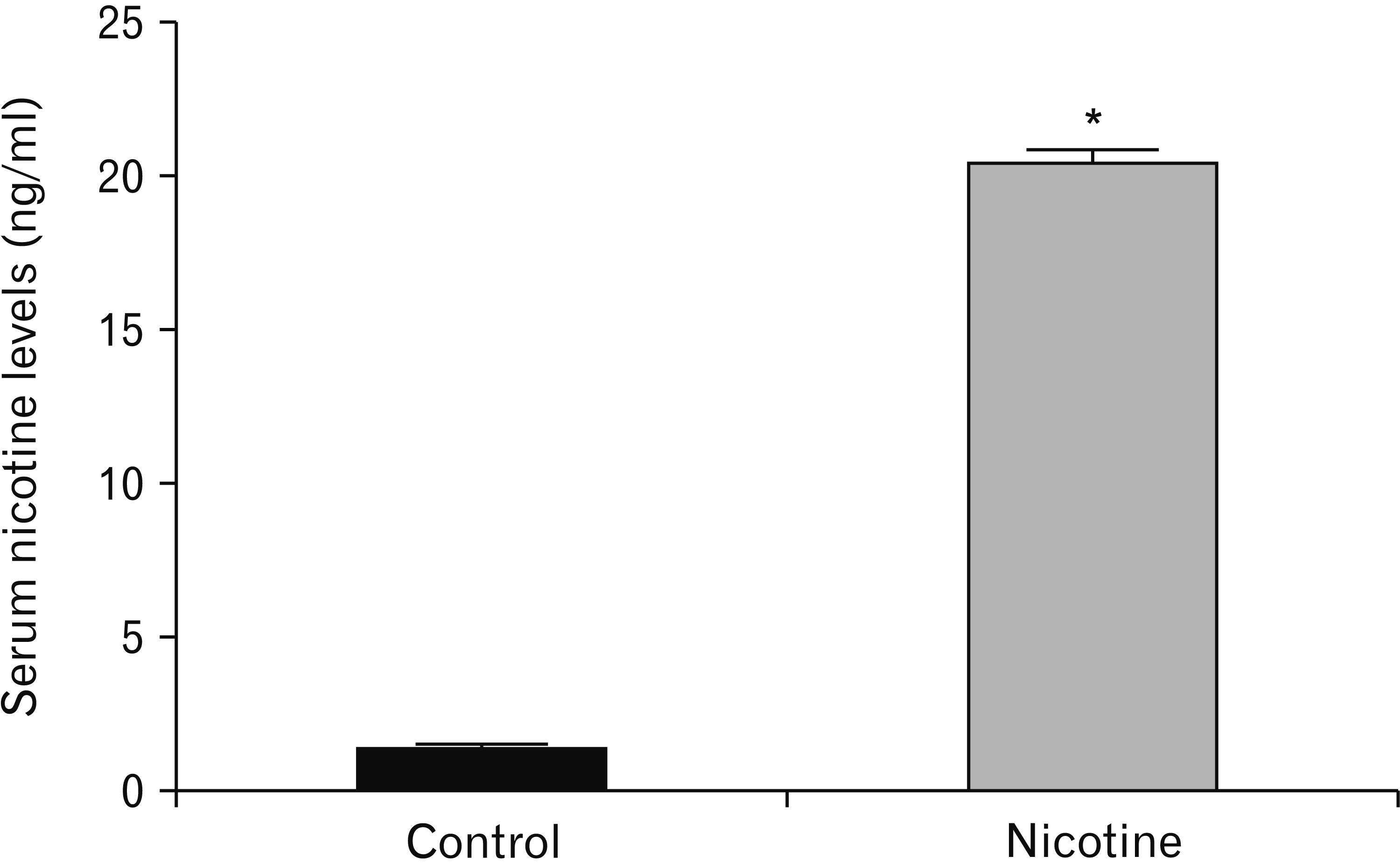



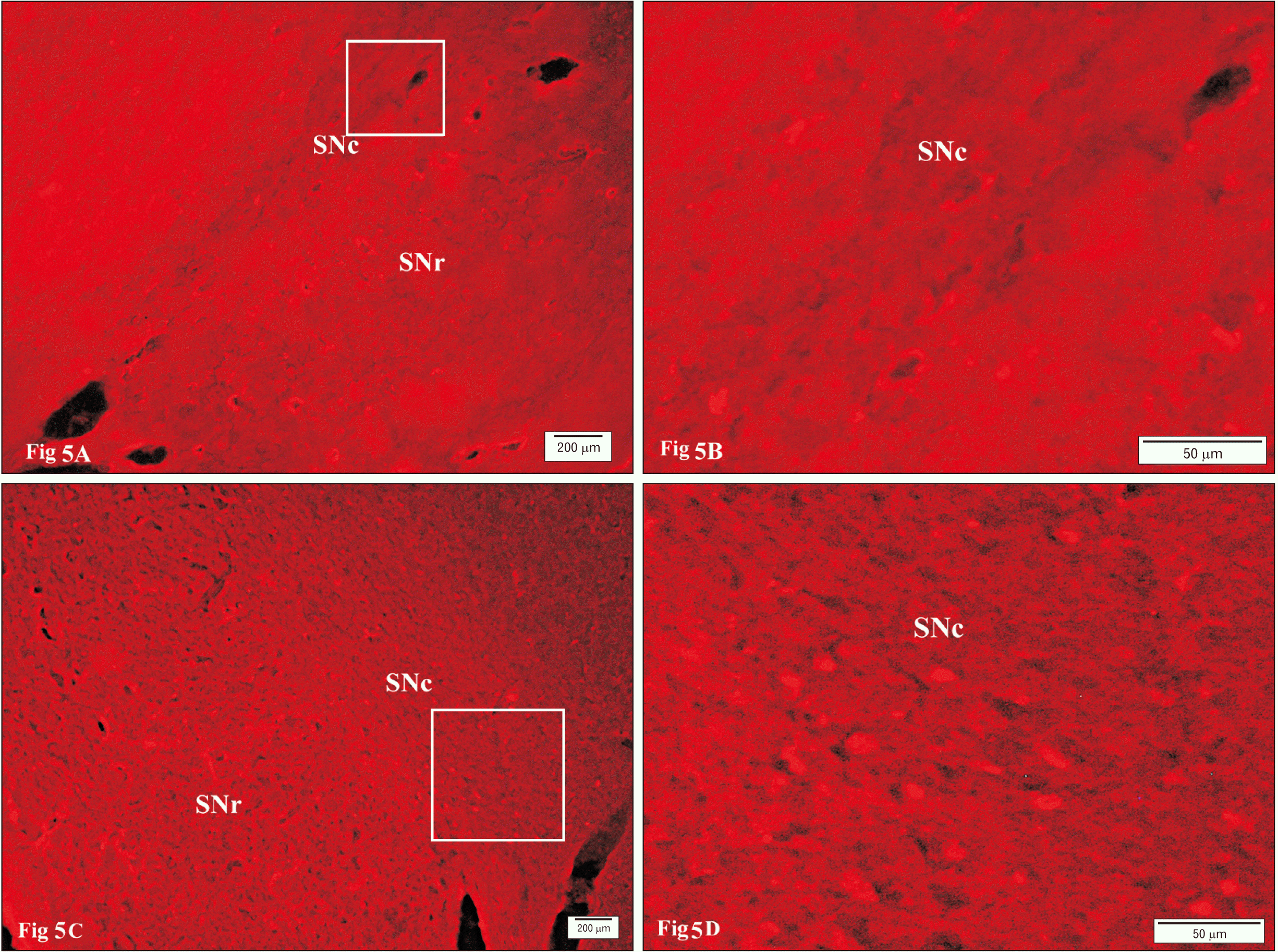
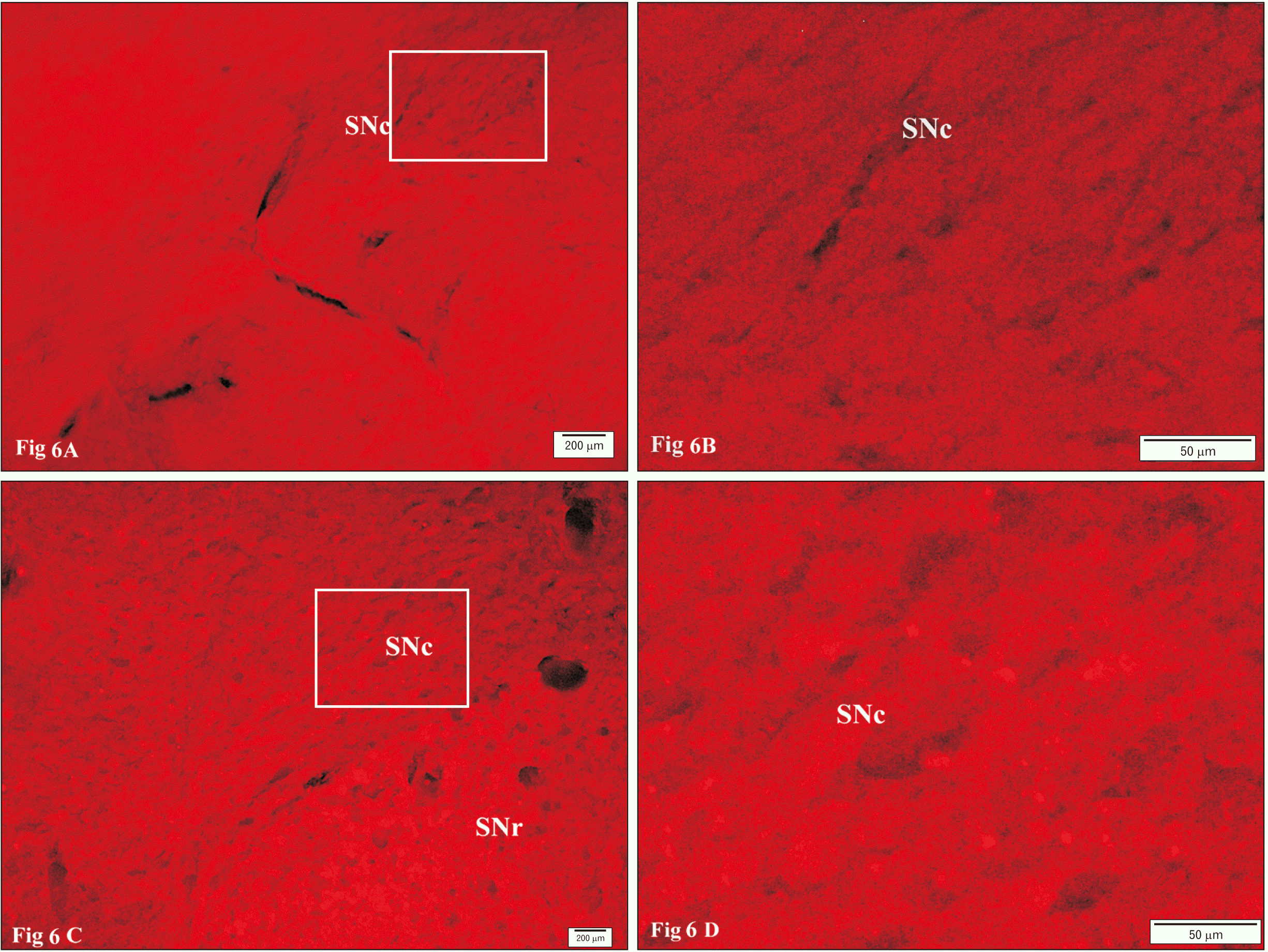
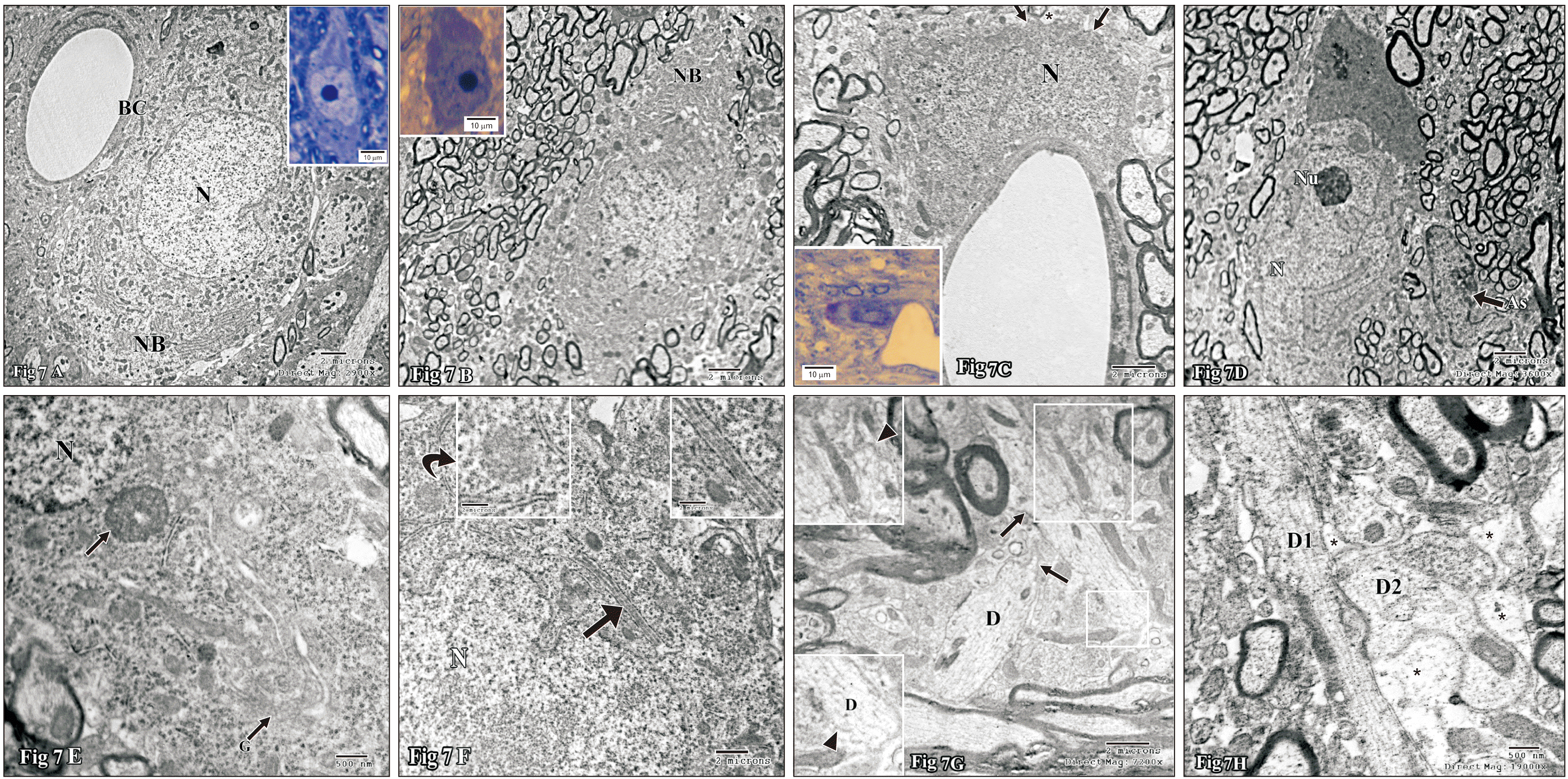

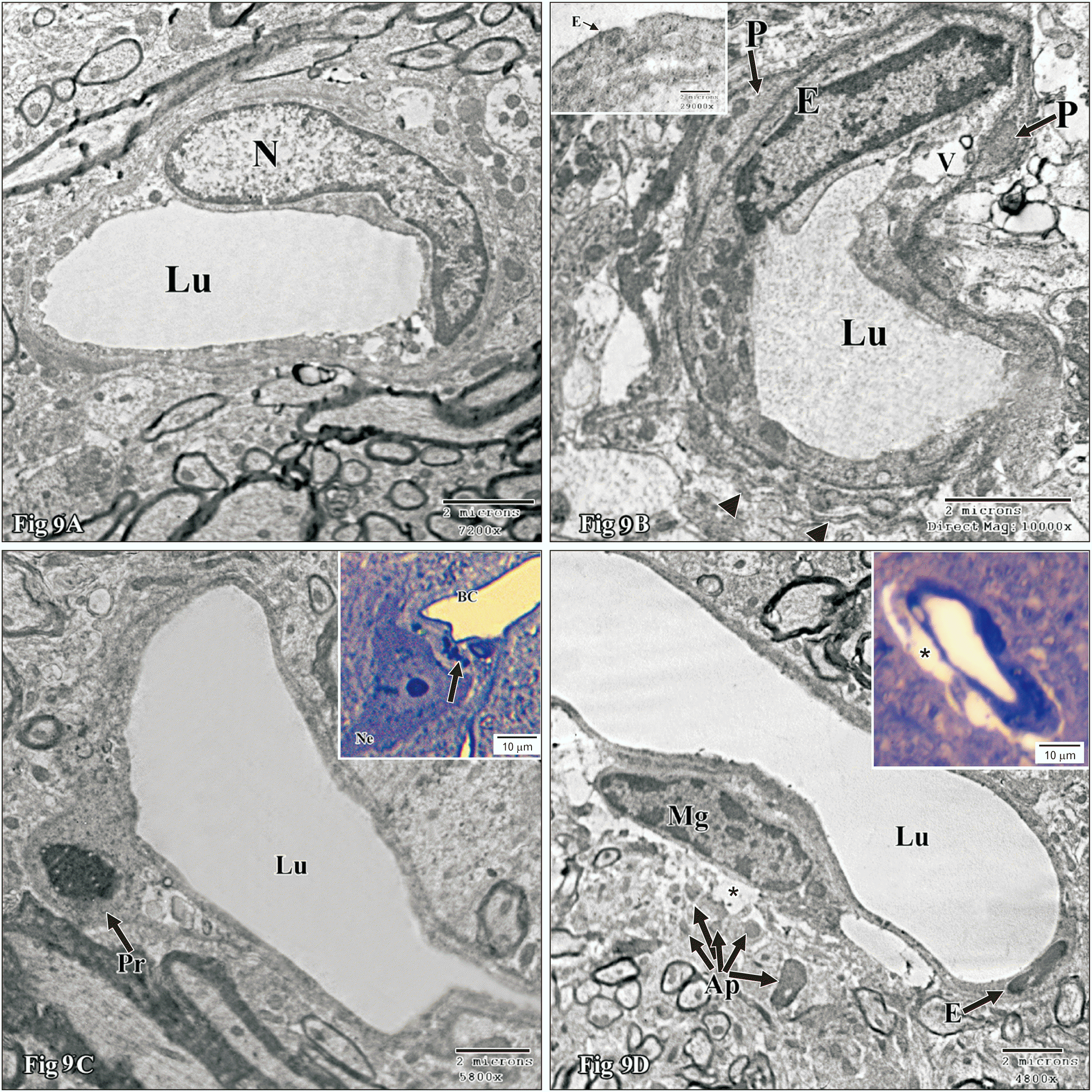
 XML Download
XML Download